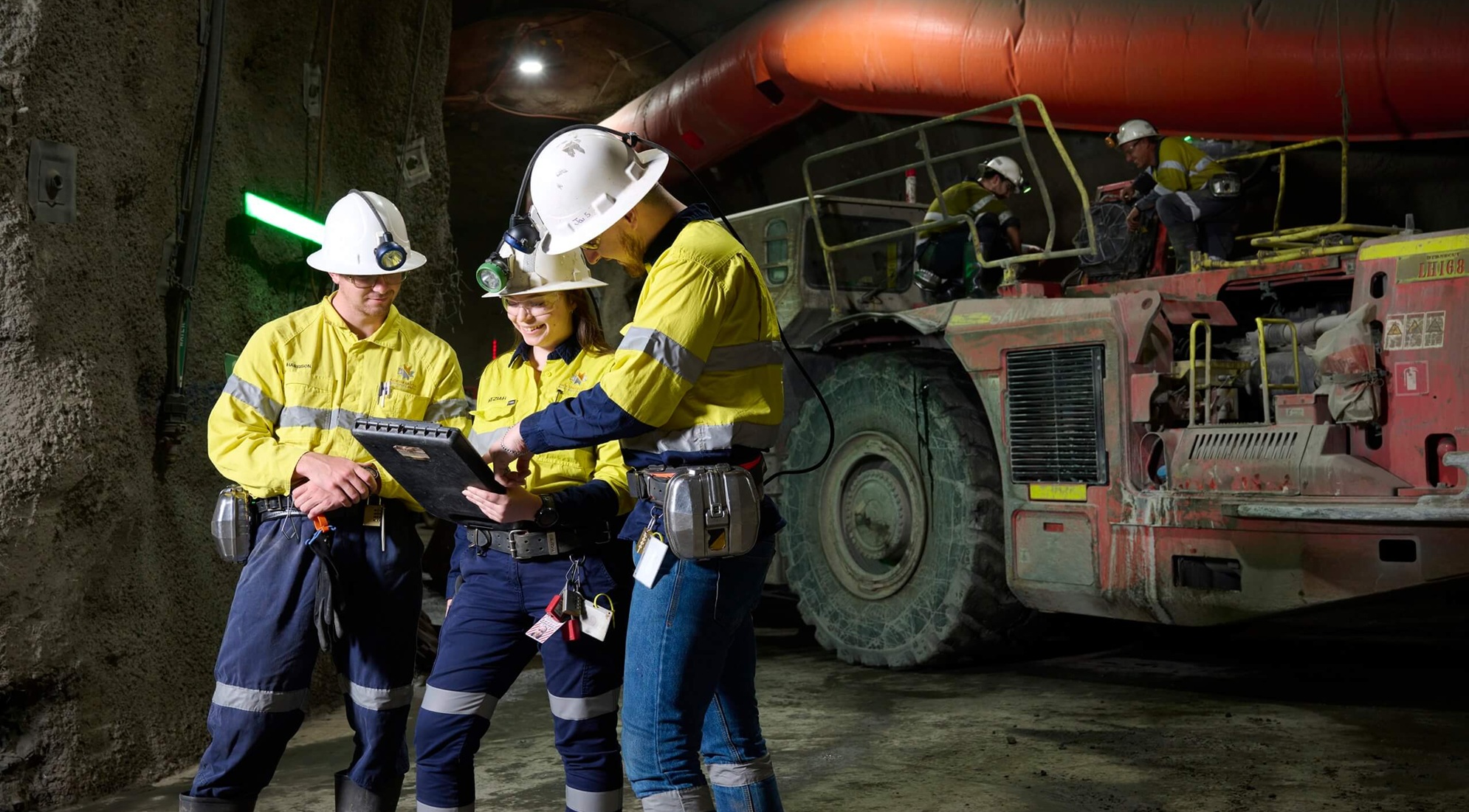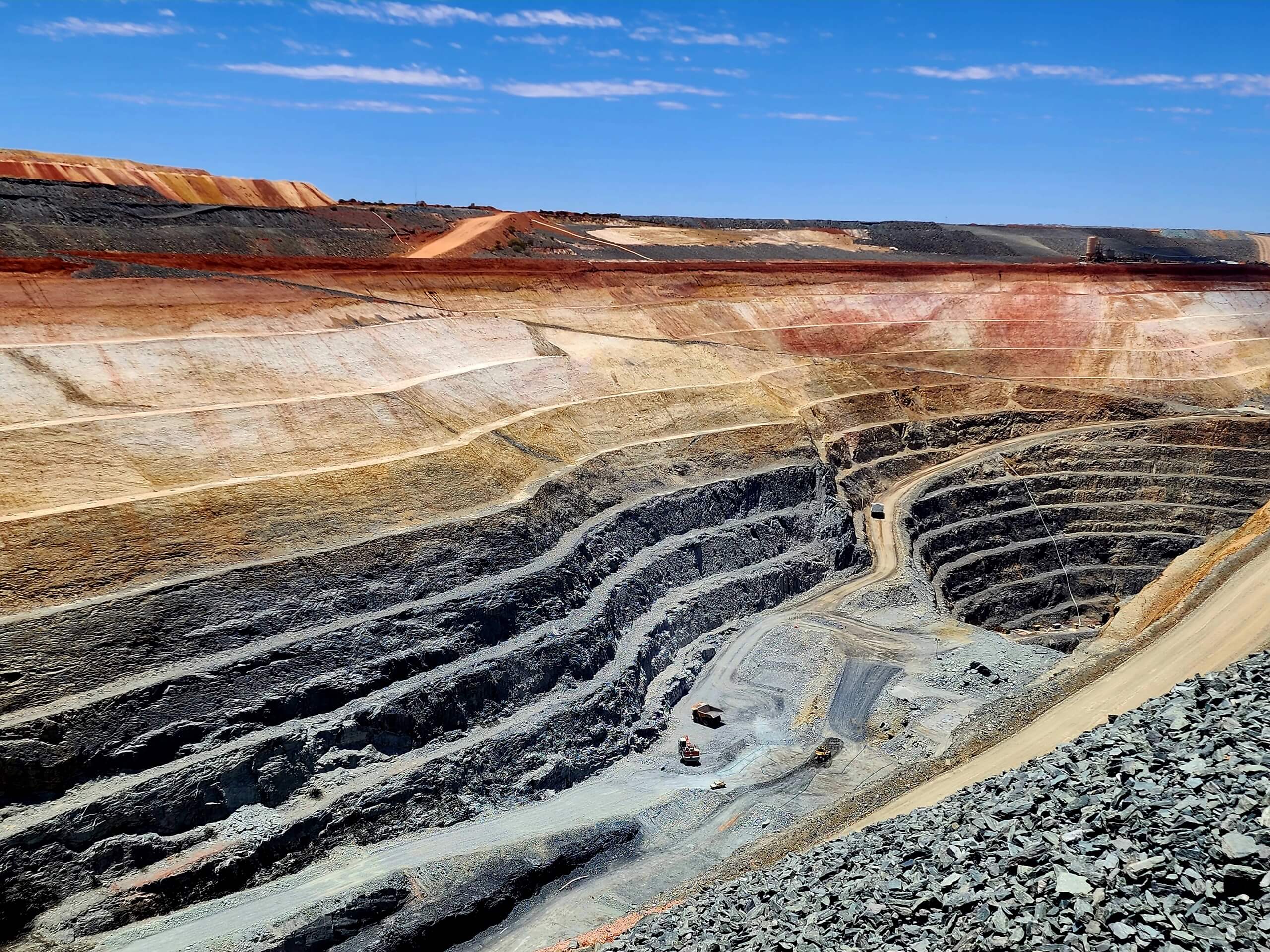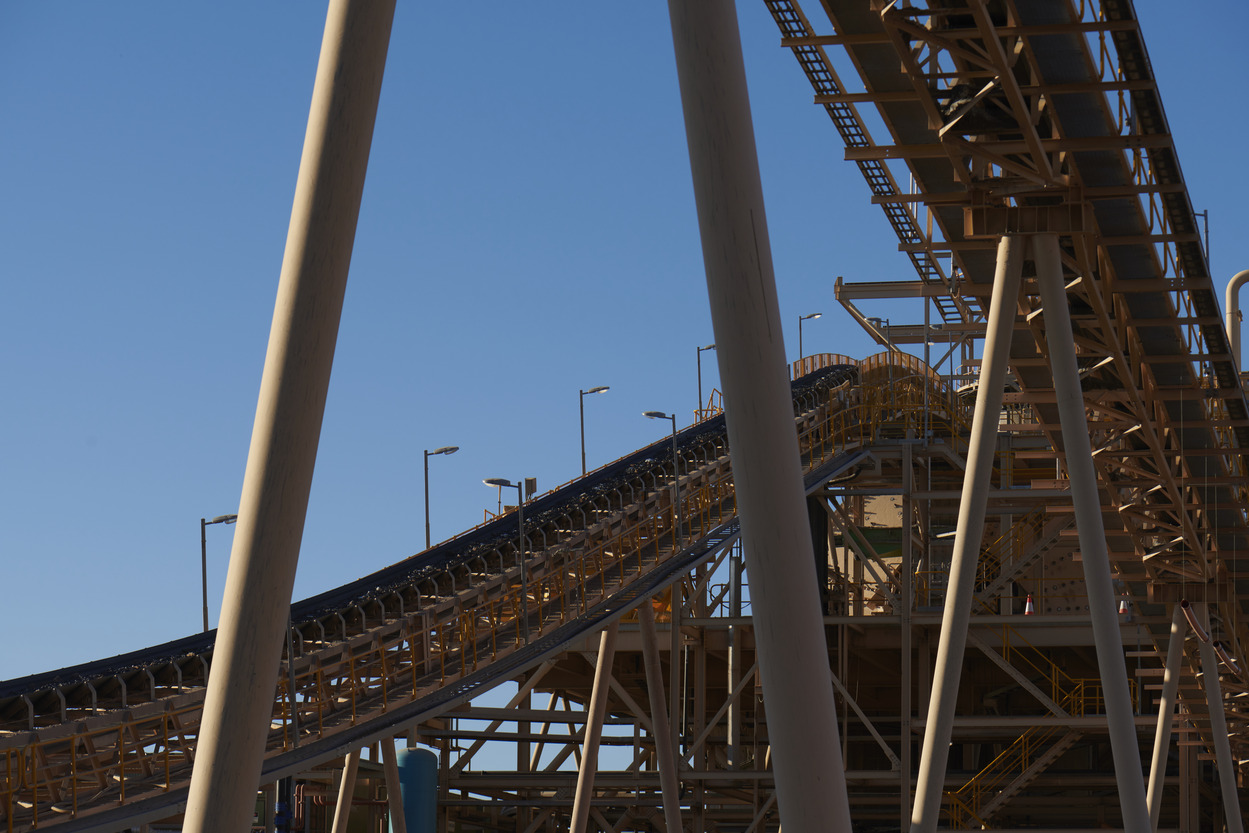Thunderbox Operations

-
45km southeast of Leinster, Western AustraliaLocation
-
Open pit and undergroundMine type
-
232kozF25 gold production
-
2016Commenced gold production
-
4,665kozMineral Resources at 31 March 2025
-
1,962kozOre Reserves at 31 March 2025
-
420Employees
-
FIFOEmployment type
The Thunderbox Operations are located in the highly prospective Yandal and Agnew-Wiluna Belts in the Northeastern Goldfields of Western Australia.
Northern Star acquired the Thunderbox Operations (TBO) in 2014 and commenced commercial gold production in 2016.
Ore is currently sourced from the Thunderbox underground, Thunderbox open pits (D Zone and Otto Bore) plus the satellite Orelia open pit. The Wonder underground continues to ramp-up with high-grade ore feed expected from FY25.

Thunderbox is a lode gold deposit located at the southern end of the Yandal greenstone belt.
Mineralisation is hosted by strongly deformed, silicified and carbonate altered albite-quartz porphyry in the hangingwall of the Thunderbox shear zone.
Gold mineralisation is associated with quartz-ankerite-arsenopyrite-pyrrhotite-galena alteration.
Mining
Mining at Thunderbox is by bulk, low-cost open pit and underground methods. Primary ore feeds come from the Thunderbox open pit and underground operations, with supplementary feed from the Otto Bore, Wonder and Orelia (see Bronzewing) mining centres.
Learn more about mining at Thunderbox
Open pit mining focuses on the D Zone pit, located directly adjacent to the TBO processing facility, and involves an excavator in backhoe configuration supported by a fleet of rear dump trucks. Mining is completed by our mining operations team.
The underground operation is a modern mechanised mine employing a combination of long hole open stoping methods based on ore zone widths. Paste fill has recently been introduced to maximise recovery of the orebody and ensure stability of the mining areas.
Underground development and production mining activities are undertaken by an external contractor.
Otto Bore, a small satellite open pit operation, is ~10km north of TBO. Mining is by way of conventional truck and shovel operations and completed by our mining operations team.
The Wonder Underground mine is located ~25km southeast of the TBO processing centre. Underground mining commenced in November 2023 with development and production activities undertaken by our mining services division Northern Star Mining Services (NSMS). The ore body is accessed by conventional jumbo lateral development with ore production coming from long hole open stoping methods.

The Thunderbox processing circuit is a conventional CIL plant with a hard rock processing capacity of 6Mtpa, following an expansion from 3Mtpa in FY22. The process consists of a double toggle jaw crusher followed by a SAG and Ball milling circuit incorporating gravity recovery and CIP process achieving~90% recoveries.







